Everyone can be useful in war. History of the Dnipro Volunteer Coordination Centre
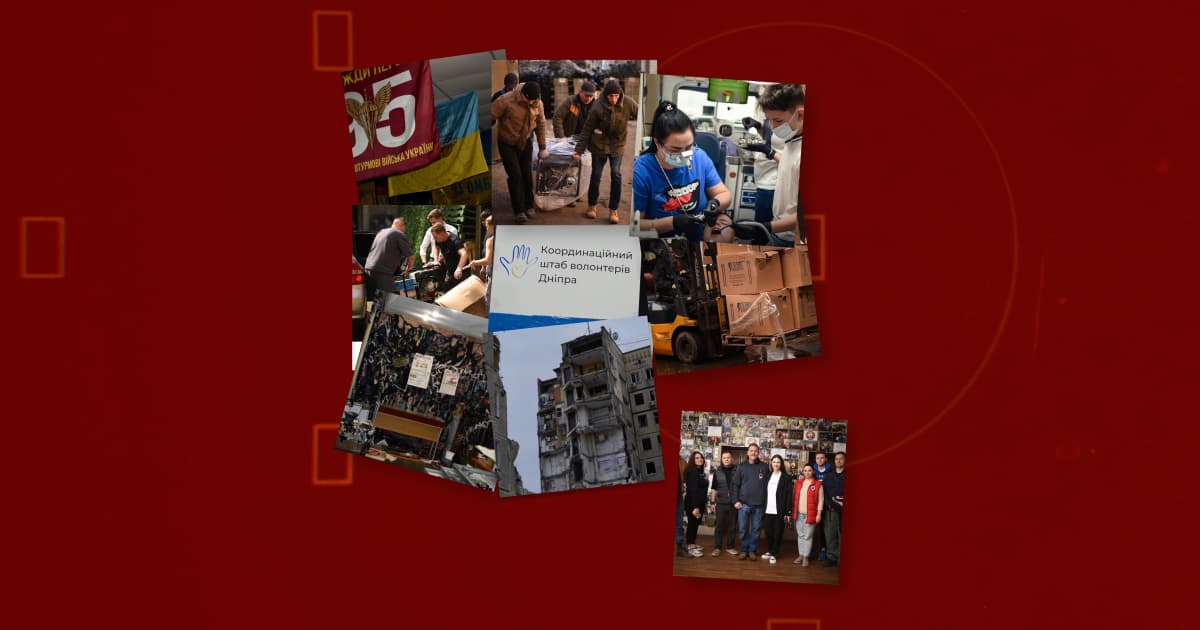
On February 24, TAPS Ukraine, a charitable foundation supporting the families of fallen soldiers, initiated the creation of the Dnipro Volunteer Coordination Headquarters. They started their activities at 8 a.m. near the regional state administration and began to unite people who wanted to help. "In different periods, we had 36 areas of activity: whoever could do what they could, did it," say the headquarters representatives.
This article tells you about the headquarters' activities and how the Dnipro residents unite to help the country.
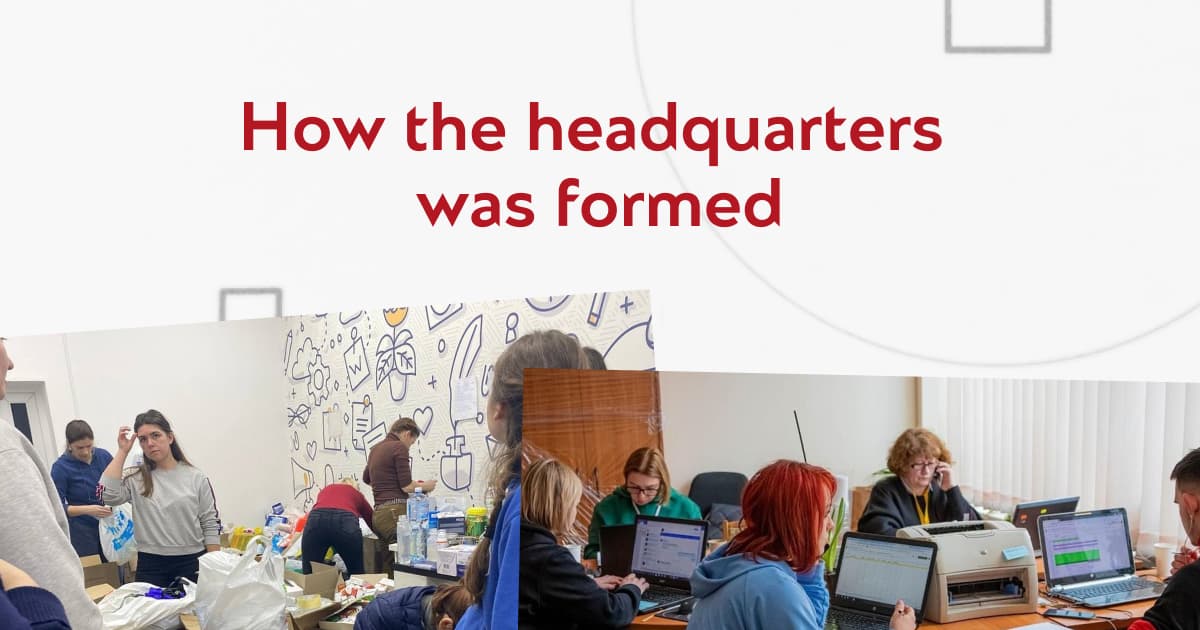
On February 24, at 8 a.m., volunteers gathered on the square near Rocket Park next to the regional state administration building. Locals who felt they could help came to the square. People made Molotov cocktails, bringing aid and delivering it around the city.
"Dnipro was not ready for Russian tanks to come here, so we were preparing to defend our city with civilian means as best we could," says Kateryna Chyzhyk, co-founder and project manager of the TAPS charity foundation. It was on TAPS' initiative that the Dnipro Volunteer Coordination Headquarters was established.
"Most of us have been volunteering since we were 14, and we understood what we needed. The state machine was just rolling out in this direction, and we were already giving everything out "from the wheels"," says Chyzhyk.
The first week we were based in the city centre. After the Russians attacked the Kharkiv Regional State Administration on March 1, the Security Service of Ukraine advised us to move because all administrative buildings were under threat. We packed up all our belongings in three hours, moved to another building at 29-A Sicheslavska Naberezhna Street, and occupied all nine floors.
The walls of the headquarters are covered with photos and drawings. In all corners, there are loads of goods to be delivered to the military and civilians: medicines, food, and tactical medicine. On the ground floor, there is a corner with war exhibits: parts of Russian missiles and drones, chevrons and uniforms of the military, and flags.
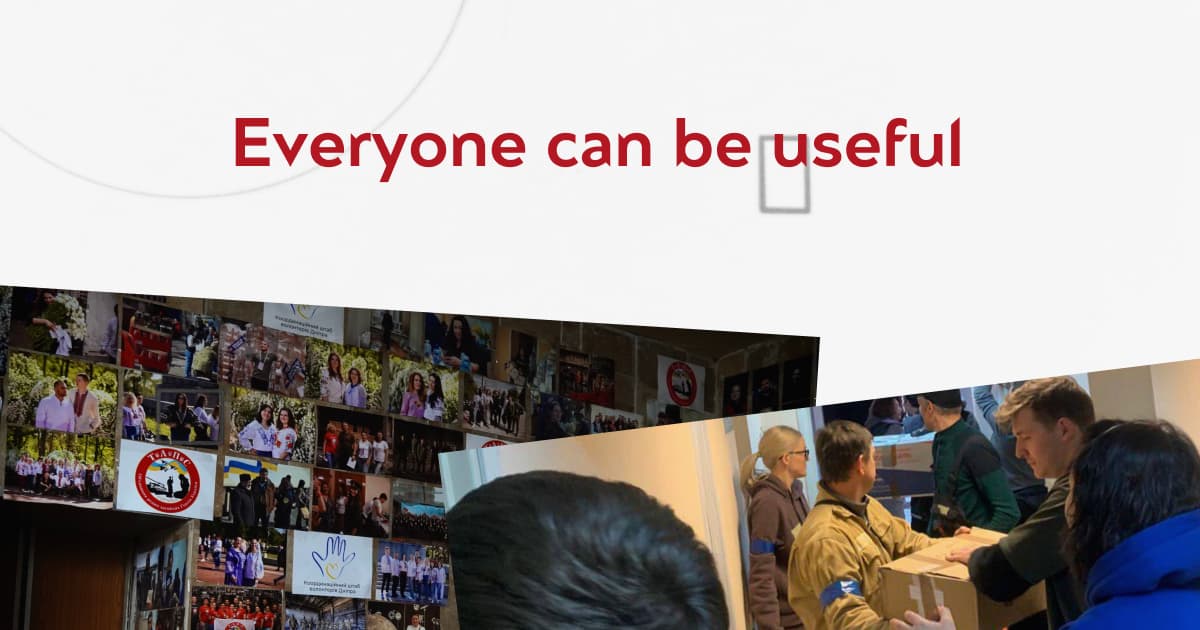
In the new premises, the work was structured, and volunteers began to pay more attention to security and check people who came to the headquarters. They also created a logistics hub where everyone could find a job.
People were grouped by area of work and coordinated. At the beginning of the full-scale invasion, the headquarters had more than 20 locations.
"Someone says: "I'm ready to help: I know how to train people, and I want to do it." Another person offered to give us a TRX suspension trainer. We were like: "Let's make a mobile gym." Kyrylo came and said he could make hot water bottles for the chemical heating of food. It is something that is in the rations of the Armed Forces and NATO. He found a patent, and together with other volunteers, they figured out how to make them. They make them themselves: they pack the chemical and seal it. It's the same with hot water bottles: they are disposable, the kind you can buy, but we make them reusable," says Liudmyla Cherkez, a headquarters representative.
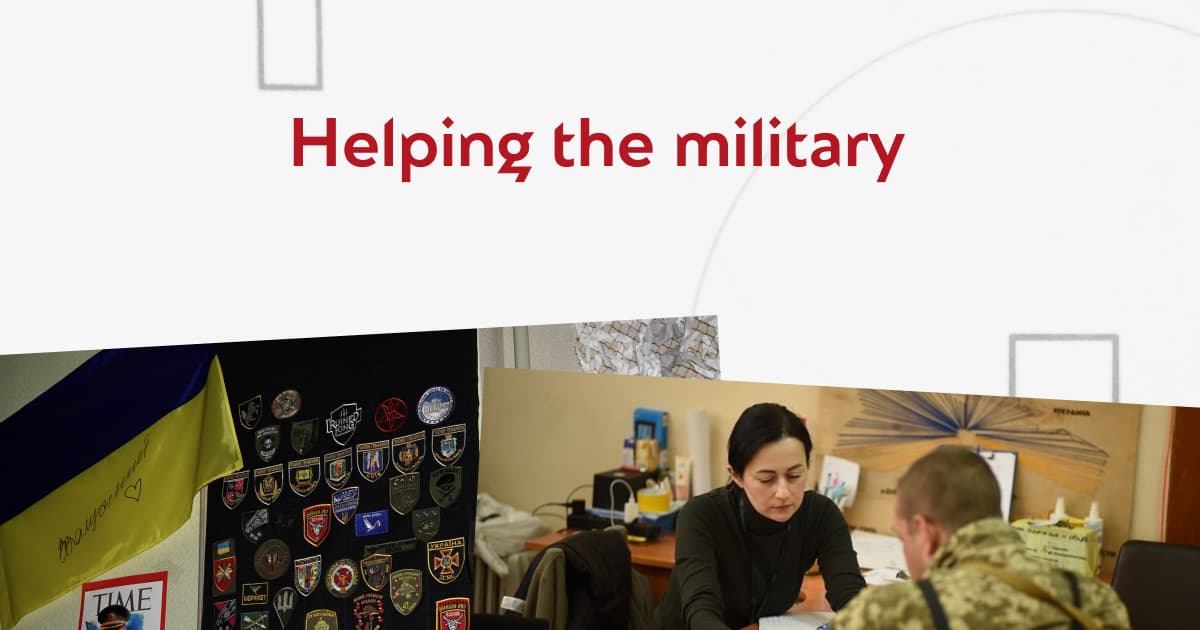
Over the years, the Dnipro Volunteer Coordination Centre has been involved in 36 areas of activity had 36 areas of activity. Among the main ones are psychological support for the families of fallen heroes, military and medical support for the Armed Forces, the Terrorist Defence, the National Guard and the police, and assistance to internally displaced persons.
Military personnel are served on an application basis. A unit leader or logistics officer submits a signed application to the headquarters. Coordinators at the headquarters raise funds or look for people who are willing to donate money.
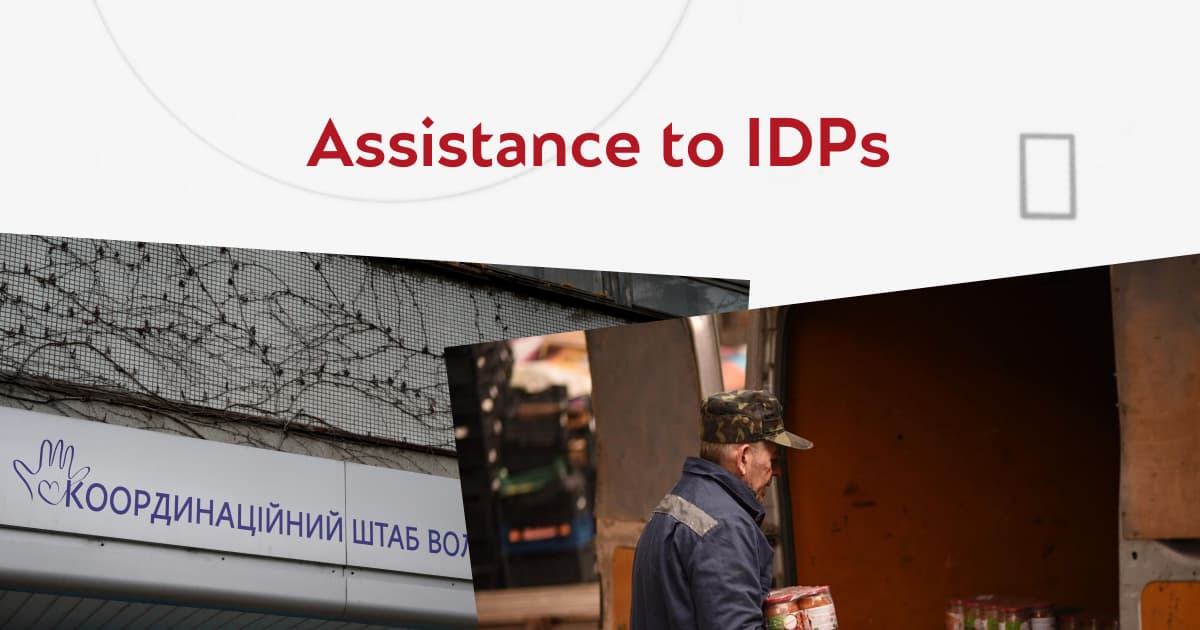
At the beginning of the full-scale invasion, there were days when we distributed 7-8,000 aid packages to internally displaced persons. We also equipped shelters. Initially, about 50 of them existed, but now ten are left, and people still live in them.
"But both then and now, we insist that Dnipro is still a transit city. We have a front on three sides: the Kryvyi Rih, Zaporizhzhia and Donetsk regions. In '22, it was unknown how the situation might turn out," says Kateryna Chyzhyk.
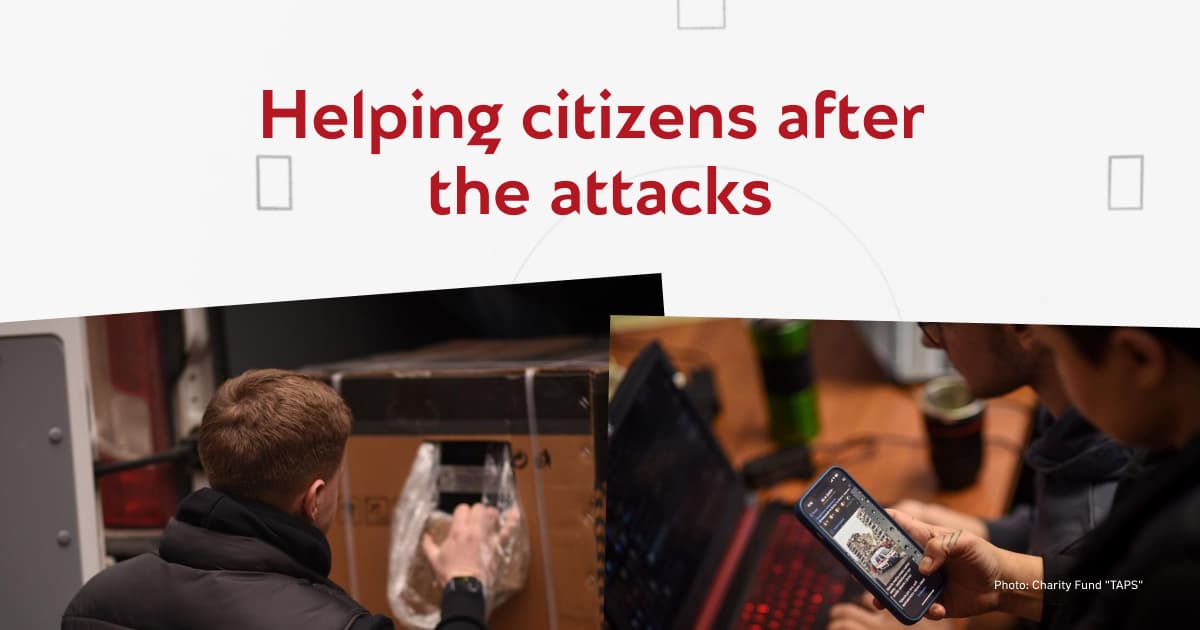
Russians repeatedly shelled Dnipro with drones and launched missiles. After a missile hit a high-rise building on January 14, the intensity of the volunteer movement could be compared to the end of February 2022. Locals rallied together, brought help and cleared the rubble.
"The Eva chain and local factories helped us a lot. They donated to us, we bought household appliances, helped with housing, and covered the needs of 220 families. A mobile office was set up near the house hit by the missile, where psychologists worked with the victims," Chyzhyk recalls.
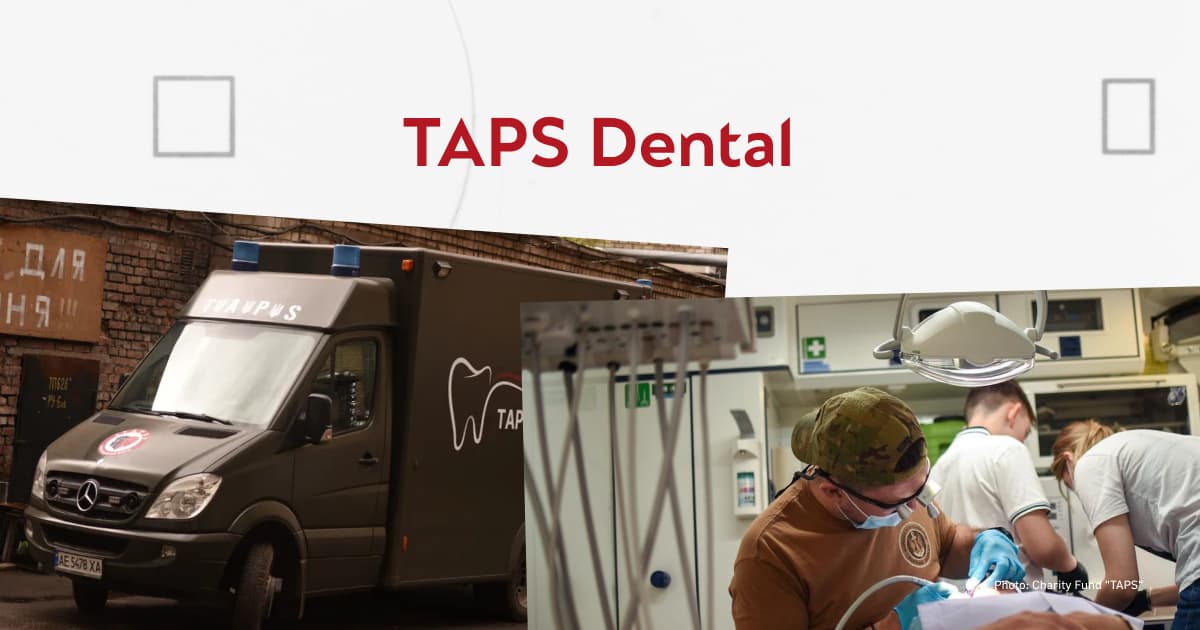
One of the TAPS Foundation's projects is an ambulance that will travel to the frontline. It is a grant project of the Direct Relief Foundation, which helps with medicines and medical equipment. They also converted the car to mobile dentistry. Two female volunteer dentists who were supposed to work here died on January 14.
Follow the link to help the Dnipro Volunteer Coordination Centre.


